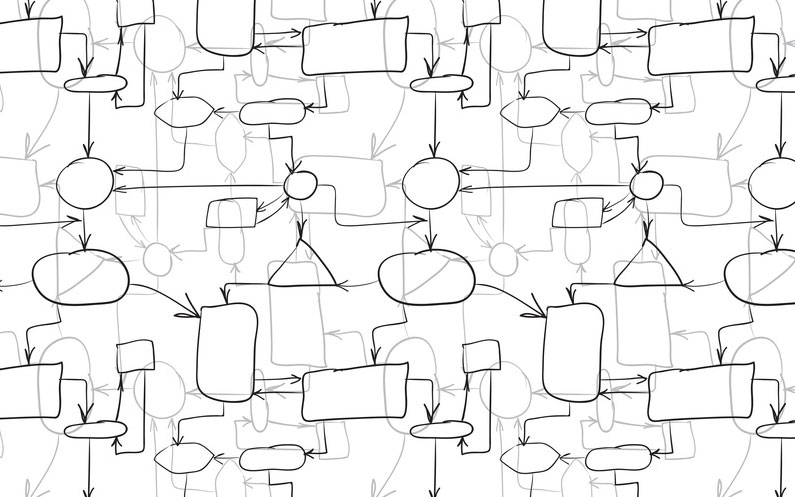“What exactly is a business process?”
“What is a business process vs a manufacturing process?”
“What do you mean by process automation?”
We get these questions quite a bit. The general definitions are:
- Business Process is a collection of related activities or task to move the results forward for internal or external customers of a business.
- Manufacturing Process is a collection of operations which go into processing and assembling parts into a final product to ship to a customer.
- Process Automation simply means using software to move the process (business or manufacturing) through all of its steps quickly and efficiently, without losing anything.
This week, let’s take a step back and explore what a process actually is. Let’s use an example of a college to easily unpack this a bit.
A potential student makes an enquiry via a phone call, an email or through the school’s web page. The initial contact from the student triggers a “process” inside the school’s automated software.
If the enquiry is via a phone call, the person taking the phone call enters some information into the software and presses a button to take it to the next step.
If the student sent in an email enquiry, the email automatically goes into a email box designated solely for new enquiries, and it shows up on someone’s dashboard to deal with the enquiry. The web enquiry is the same as the email, it goes straight onto the next step – the same step that the phone call is now in.
A school admin logs into their software a short time later, and their dashboard shows a list of things they need to do. The new enquiry is one of the entries, and it is likely grouped with other fresh enquiries. They gather up the information requested (perhaps already neatly packaged) and send it off to the potential student. If simple enough, perhaps the software sends the information package out automatically!
A day after that, an automated text message is sent to the student directing them to a link they can use to book a guided tour of the campus.
A few days later, the software automatically drops a task onto a school admin’s dashboard to follow up via phone with the student ensuring they received the package and if there were any questions.
A day after that, the software triggers another packet of information to be sent – this time of scholarships that the student would be eligible for.
When the school receives an application from the student, that application is placed in the software (perhaps it is already there if the application was online). This triggers some initial analytics to be gathered – time between initial enquiry and application. Perhaps the amount of time between the two events already shows what kind of student they’re going to be (the school’s historical data shows that if only two or three days passes between enquiry and application, AND the student is coming directly from high school AND they’re carrying a better than 70% average, they can be group into a set of students who do VERY well at the school).
The application (and perhaps the predictions already made by the software outlined above) is dropped onto the dashboard of the registrar. The registrar then makes some phone calls checking the student out, gathers other data (e.g. marks), reads over the application letter, etc. and then “accepts” or “rejects” the student. Initial notification can be automatically sent to the student with templates for the proper response (accepted or rejected).
The act of “accepting” the student triggers several things to happen. First the campus housing department is be notified – someone there has something show up on their dashboard. They communicate with the student sending out information about the various residents on campus, and sending a link to the web application site.
At each step of the way along the student’s educational journey, the software keeps track of the various items needing to be communicated to the student. Enrolment notification for second year classes. Notification of grad gown fittings and grad pictures during their final year of study.
After graduation, the school’s data show that they should be contacted 2 years from graduation with an offer of continuing education. Further, it takes 5 years for the student to get settled into life and a job before they should be contacted asking for a donation.
19 years after graduation, the student should be reminded that the school is a GREAT place for their children!
Perhaps 30 years after graduation the former student should be contacted to see if they’re in a position for an endowment gift…
This same type of process automation works amazingly well for any type of business; the sales organization, interviewing and onboarding a new employee, an internal work order, a press release, etc. Ensuring that none of the steps in any process fall through the cracks.
Combine process automation in software with analytics which make predictions on how, when and why you should be approaching a customer, and this is an EXTREMELY powerful tool!
What kinds of processes do you have around your business that is in need of automation?

